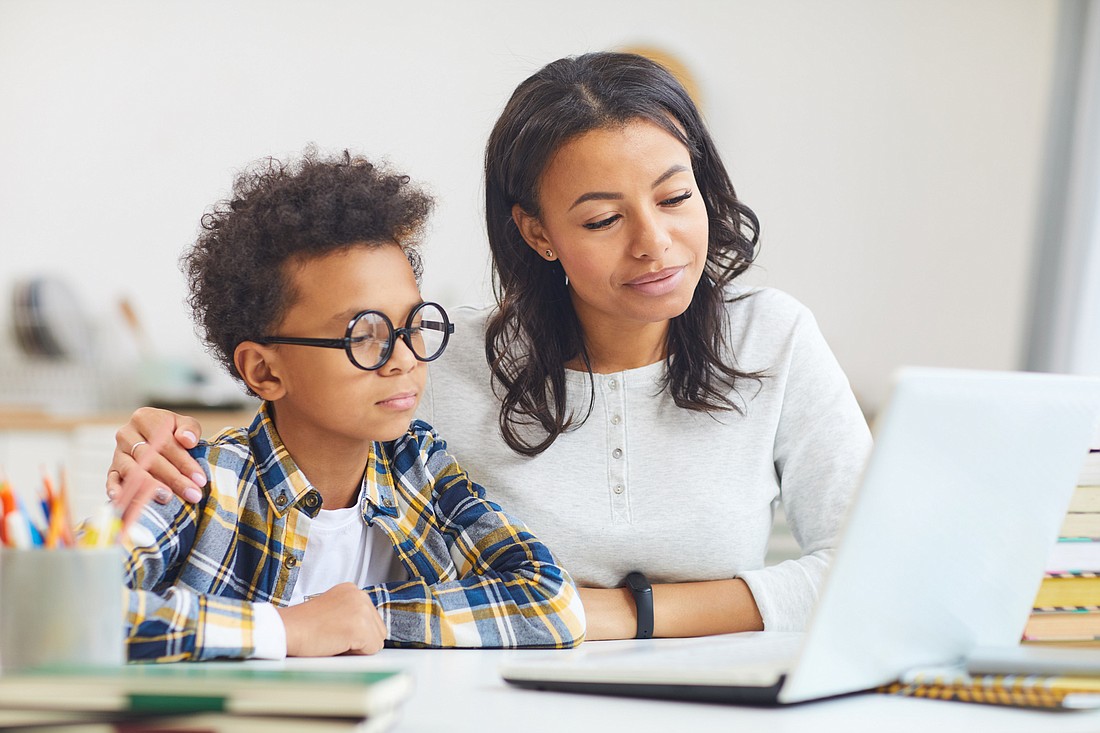- May 6, 2025
-
-
Loading

Loading

School closures have affected more than 55 million children from more than 120,000 schools in the U.S. since March. Decisions about the coming school year are still being made, but undoubtedly many millions of children will not be going back to classrooms full time.
Some schools might not reopen, some might only partly do so, and some might open and then have to close if there is an outbreak of COVID-19. And some parents might just want to keep their children out of schools and avoid the risk of infection.
Over the past few months, traditional public schools have experienced major difficulties adjusting to remote learning. The failure of many district-run schools to make the digital leap pushed families to desperately seek education alternatives for their children.
Families saw virtual charter schools as a viable alternative because these schools were already providing adequate learning online for years before the pandemic. So many families in North Carolina committed to home schooling in July that it overloaded the state’s website handling notices of intent to home-school. Nebraska’s home-school filings are already up 21% from the same time last year. And multiple national surveys over the past few months have consistently indicated that 40%-60% of families are “likely” to use home-based education for their children in the fall.
A preliminary Reason Foundation survey from May, which was not representative of all American families, suggested that 15% of respondents with children who attended traditional public schools before the lockdown would choose to home-school in the fall.
More recently, a new nationally representative survey of families conducted by Braun Research similarly found that 15% of families who were not home-schooling before the lockdown reported that they were “very likely” to do so full time in the fall.
Given that around 50 million children attended traditional public schools before the lockdown, a 15% switch would imply 7.5 million more home-schoolers next year. This change would be around a 441% increase in the home-school population; only about 1.7 million children homeschooled before the lockdown.
More than 32,000 parents have already joined a private Facebook group called “pandemic pods” in just a few weeks. Families are coming together using these social media groups to form miniature private, school alternatives of around five to 10 students in households, or microschools, for their children in the fall. Another 14,000 parents have already joined a Facebook group called “Learn Everywhere” for resources and advice on home schooling and remote learning.
Many have pointed out that inequities could result from “pandemic pods” because well-off families are in better positions to afford these educational alternatives. But that misses the obvious solution: Fund students directly, so that less advantaged families can afford these options as well.
Florida has been a national leader in school choice programs, with an emphasis on disadvantaged children. This pandemic makes it clear similar choice would be invaluable to countless families statewide.
The U.S. spends $15,424 per child per year in the public school system. Just imagine if a substantial portion of those dollars followed the child. Families would be able to afford tuition and fees at many private schools — or they could use those dollars to offset the costs of home-based education of various types ranging from virtual charter schools to microschools to home schooling.
If a grocery store does not reopen, families are able take their money elsewhere. If a school does not reopen, families should similarly be able to take their children’s education dollars elsewhere.
As a matter of fact, a family should be able to take their children’s education dollars elsewhere even if their school does reopen. Education funding is supposed to be for educating children—not funding a particular institution.
Unfortunately, our current school funding system of funding schools rather than students encourages resistance by the school system to fight changes that give parents choices.
For example, the teachers union in Oregon successfully prevented any new families from being able to switch to virtual charter schools — with one such school reporting back in March that at least 1,600 students were blocked from enrolling.
The Pennsylvania Association of School Administrators similarly lobbied to make it illegal for families to switch to virtual charter schools. More recently, in California, the legislature passed a bill preventing children’s education dollars from following them to the public school of their choosing — a move that has already forced one charter school to put 500 already-admitted students back on the waitlist.
The teachers union in Alaska similarly opposed a partnership with Florida Virtual School — a school that has been providing remote learning for decades — that would give families more educational options. Teachers unions in North Carolina filed a lawsuit to end a private school choice program for children from low-income families in the state.
A crisis like this pandemic is not the time to limit options for families struggling to find a way to balance their family’s health, kids’ education, and parents’ careers. They need flexibility and options.
We should change the system so that families can choose to educate their children away from crowded schools if they want without sacrificing the resources commensurate with their children’s education needs.
Most families will likely choose their district schools, especially the ones that effectively adapt to families’ needs – and online education may be part of that. But the real crux will be school funding that follows the child to whatever appropriate educational option the family chooses.
Corey DeAngelis is the director of school choice at Reason Foundation and an adjunct scholar at Cato Institute. Adrian Moore is the vice president of policy at Reason Foundation.